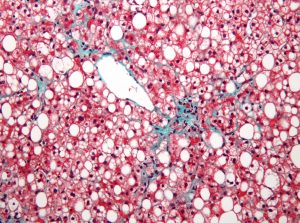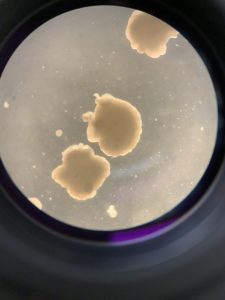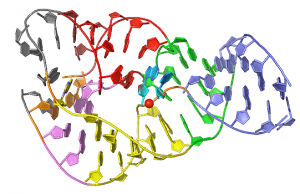
Targeting the Mitochondria: Articulating Safety to Combat Liver Disease
Nonalcoholic fatty liver disease (NAFLD), which afflicts up to one-third of the general adult population, is swiftly becoming the most common cause of chronic liver

Nonalcoholic fatty liver disease (NAFLD), which afflicts up to one-third of the general adult population, is swiftly becoming the most common cause of chronic liver

In the digital era, large amounts of data are collected without efficient means to analyze the information, especially in medicine. To solve this problem, a

Black holes, with intense gravity that even light cannot escape, have long intrigued astronomers and physicists. These black holes often lie at the center of

Through cutting-edge advancements in the field of genetics, researchers are now able to grow three-dimensional models of organs, called organoids, using in-vitro methods. Generating organoids

Cancer is the second-largest killer in America and one of the most difficult diseases to treat. How do we possibly target cancer cells when they

Humans are thirsty animals—it’s built into our DNA. But have you ever thought about what happens in your body when you feel an overpowering urge

In biological systems, iron-sulfur (Fe-S) clusters act as components of electron transfer proteins. These clusters occur in various different forms, including cubanes (4Fe-4S) and diamond

The human immune system is widely studied due to its integral role in health, from preventing infection to the development of autoimmune diseases. At Yale